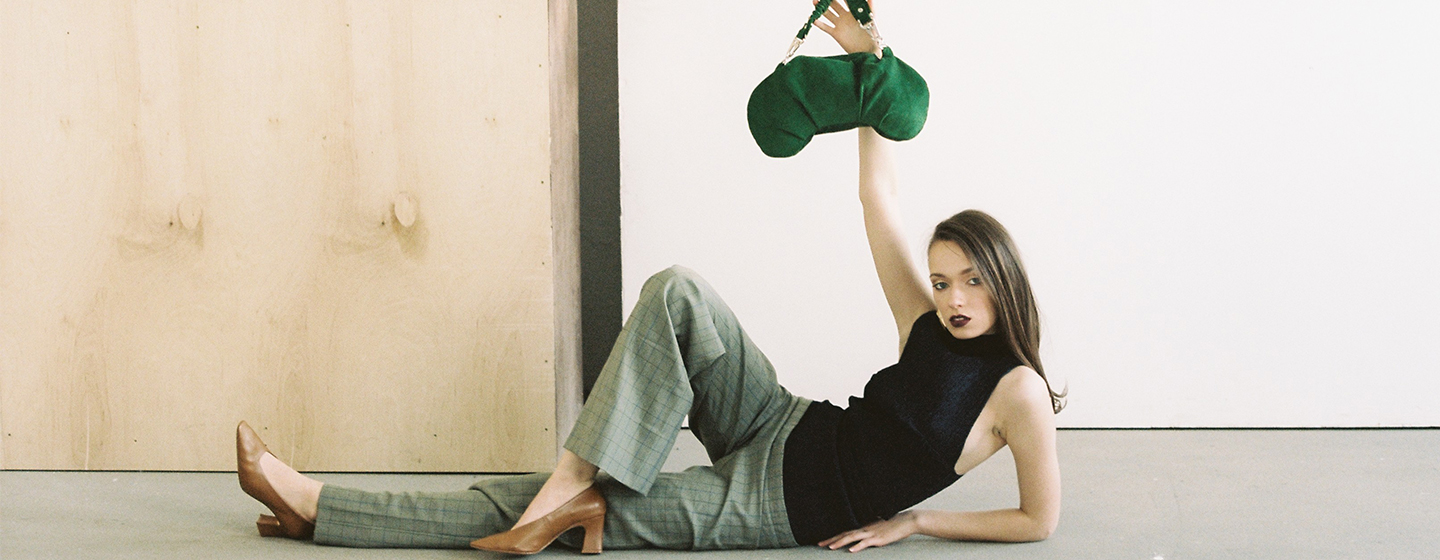
Why is visual merchandising so important in retail strategies?
Why is visual merchandising so important in retail strategies?
What is Visual Merchandising?
In the restaurant business, they say that “People eat with their eyes first”, which means that even if the food is cooked to perfection, and the chef has used the finest quality ingredients, if the dish is not presented well, the customer will have a bad impression before they even try it.
Visual merchandising is the practice of designing and displaying merchandise in a retail setting with the aim of engaging shoppers and boosting sales.
This is achieved by creating displays that accentuate a product’s appearance, features, and benefits, and using them in a visually compelling way.
Generally speaking, larger companies have merchandisers who work closely with retail marketing teams to create displays that are aligned with a brand’s overall image and goals. Independent retailers have control over their own displays and can create them without the constraints of a brand’s guidelines.
The key point is that visual merchandising isn’t just about making products look good. It’s about presenting them in a way that drives tangible increases in revenue. We tend to think about visual merchandising in terms of how products are displayed in a store via window displays, mannequins, signage, interactive experiences, and so on. Yes, that is certainly true, but with the rise of omnichannel retail, strong visual merchandising must also extend to online channels.
Visual merchandising is important because...
It is a powerful way to cut through the noise. In physical stores and online storefronts, customers are bombarded with visual, and text-based advertising. When there are so many products vying for their attention, it is easy for shoppers to feel overwhelmed and overlook most of the items on offer because it simply gets too much. This is when they will get their heads down and focus on what they came in for.
Visual merchandising will help draw in and engage customers, so that they are more likely to make a purchase.
It begins with the architecture of the retail space, whether that is a store, website, or mobile app. Once the medium has been determined, the role of the visual merchandiser is to design spaces that combine the unique selling points of the individual products and the overall brand aesthetic in a way that communicates the value of the products on offer, and what you want customers to know about the brand without relying too heavily on text.
AIDA
The classic sales funnel model stands for Attention, Interest, Decision, Action. Visual merchandising lives at the top of this funnel. It should get attention, provoke interest, and lead otherwise passive browsers deeper into the decision process.
What key skills should a visual merchandiser have?
A visual merchandiser needs:
- a solid technical basis (color, lighting technology),
- visual culture,
- artistic flair,
- a certain degree of knowledge in marketing and psychology.
You need to be able to deeply understand your customer, in order to create a compelling visual brand, and build eye-catching displays, merchandising the products your customers want, not the ones they need. Shoppers will go to a store to purchase products that they cannot live without, and this opportunity can be used to direct them to other products they would not have seen otherwise.
A good store display should engage as many senses as possible. Direct contact with clothes and fabrics, scents and aromas, and the choice of music used to enhance the retail experience should all be consistent with the brand, the type of store, and with its target audience.
Yet a strong skill is the ability to investigate customer behavior : every Visual Merchandiser observes and monitors customers through specific behavior and performance indicators.
How to become a visual merchandiser
Visual merchandising is a dynamic profession, and there are many different paths to entry. To increase your opportunities in the field, earning a bachelor’s degree is probably the best place to start. When looking for a course, you would be wise to choose a specialist school or creative academy that is equipped to predict the future of such a role.
The Three-Year BA Course in Visual Merchandising offered at Istituto Marangoni is part of the school’s fashion styling program. It starts with an in-depth analysis of the fashion retail market, and all aspects related to a brand’s positioning on communication and sales channels. There is no shortage of success stories when it comes to visual merchandising, and if you are hoping to build a successful career in this area, please feel free to contact us, and we will be happy to guide you.
BA Course in Visual Merchandising The London School of Fashion Book an orientation
